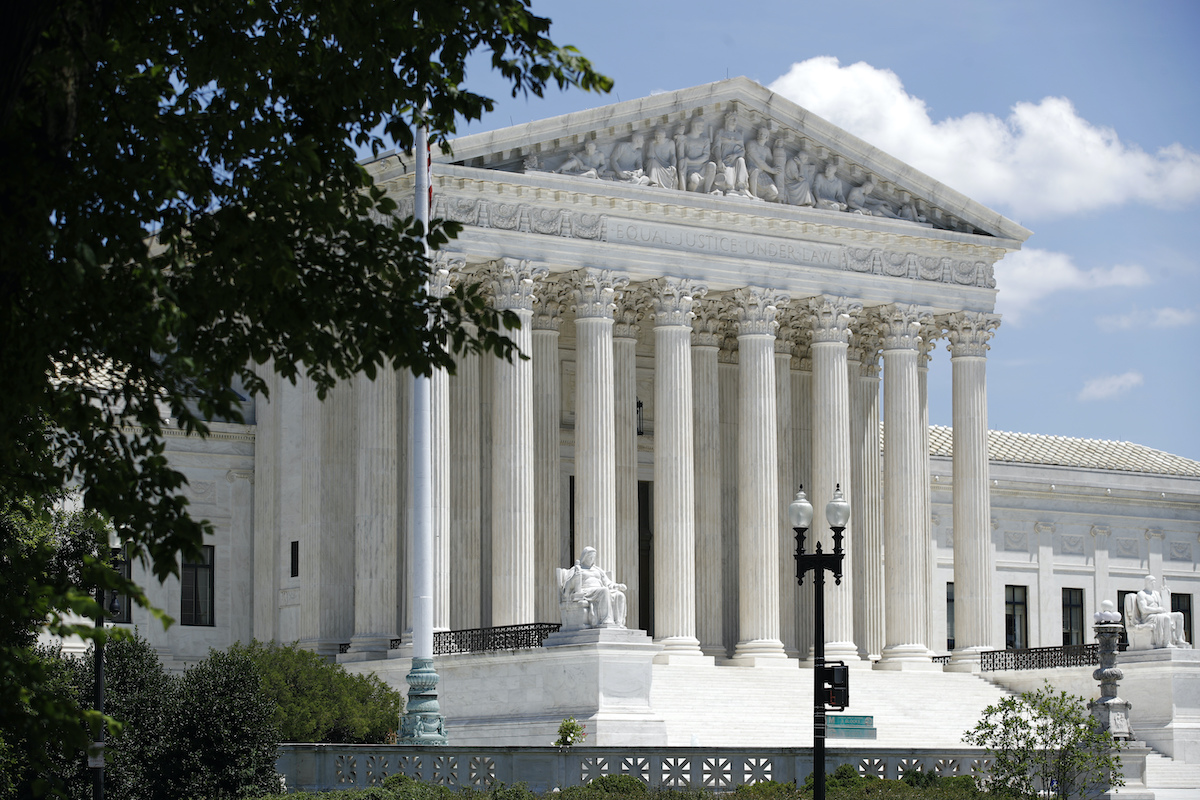

(AP Photo/Patrick Semansky)
The Sixth Amendment guarantees criminal defendants an impartial jury. The Supreme Court has concluded that an essential component of that guarantee is the selection of a jury from a representative cross-section of the population. According to the U.S. Census Bureau, Latinos represent 18.7% of the nation’s population. This demonstrates that Latinos are a part of the population, which means they should be represented on juries in jurisdictions where they reside. Currently, Latinos are underrepresented or excluded from American juries.
In part, this underrepresentation occurs because reasonable minds differ about the best approach for determining when a segment of the population is underrepresented. Some contend “absolute disparity” should be the standard. Others believe “comparative disparity” is the better approach. In my view, the “absolute disparity” approach creates a false perception of underrepresentation. It looks at the number of eligible non-white jurors versus the total number of each individual racial and ethnic group. This can result in smaller percentages of underrepresentation in jury lists, leaving courts to believe there is no intentional exclusion.
The “comparative disparity” approach focuses on the likelihood of non-white individuals being selected for jury service. By weighing the amount of eligible non-white jurors against their overall population, a larger disparity percentage is often produced. Judicial preference towards the absolute disparity approach serves to widens the jury gap. When artist Janelle Monae sang that adding people to equations doesn’t exactly achieve equality, she just might have had prospective Latino jurors in mind.
Because of Hernandez v. Texas, prospective Latino jurors should no longer be suffering under this formulaic approach to justice. In Hernandez, a Mexican American defendant was convicted by an all-white jury. At the time, 14% of the county’s population was Latino, but none were ever selected for jury service in Jackson County, yielding an absolute disparity at 14% underrepresentation of Latino jurors. When the comparative test was applied to these same numbers, there was a 100% underrepresentation of Latino jurors. Seeing how the absolute standard deceitfully measured non-white jurors, the Hernandez court concluded there was systemic exclusion of Latinos from potential jury service and deemed such a violation of the Equal Protection Clause of the Fourteenth Amendment.
Social psychologist Samuel R. Sommers’ research findings provide justification for the continuing concern over the underrepresentation of Latino jurors. He determined that white jurors were prone to be more thorough in deliberations when non-white jurors were also sitting on the jury. His research suggests that diverse juries analyzed facts, testimony and evidence more carefully than did juries that lacked diversity.
The American Bar Association (ABA) has also weighed in on the issue. Current ABA principles that govern juries and jury trials direct the court system to assemble a jury pool that is representative and inclusive of its population. A recent ABA publication said that by failing to diversify juries, “the court forces defendants and jurors to focus on what separates them from the group despite the justice system’s continued guarantees of equality and impartiality.”
No matter how you input the numbers, the output seems to be that Latinos remain equally unequal to other underrepresented groups when it comes to serving on a jury. Under any method of calculation, that’s bad for the cause of justice.
***
Pedro Alfonso Trevino, Jr. is a Law and Racism student at Southern University Law Center in Baton Rouge, Louisiana.



[…] Pedro Alfonso Trevino, Jr., Latino Rebels: Equally Unequal: The Exclusion of Latino Jurors […]